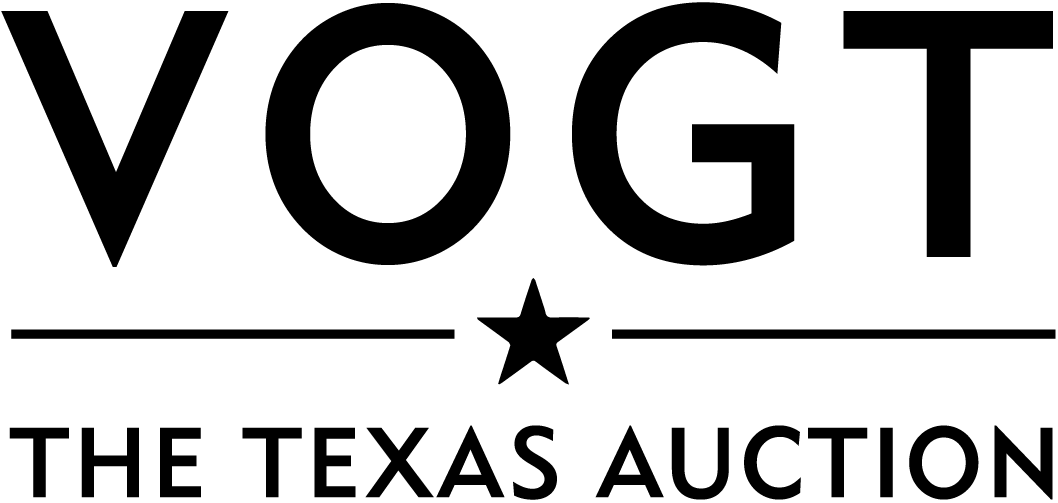Texas Artist: Julian Onderdonk (1882-1922)
Julian Onderdonk was born on July 30, 1882 in San Antonio, Texas. The Onderdonk family was descended from Dutch immigrants and had a distinguished heritage of clergymen, statesmen, and educators dating back to the 17th century. He was the son and student of artist Robert Jenkins Onderdonk and the brother of Eleanor Onderdonk, also a prominent Texas painter, sculptor, and art administrator. From early childhood Julian showed great artistic talent; he marveled at colors and reflections and drew many sketches. In the late 1890s he attended West Texas Military Academy, where he taught art in order to pay his tuition.
In 1901, after noticing the boy’s talent, San Antonio banker G. Bedell Moore offered Julian a loan to go to New York to study. He enrolled at the Art Students League and became a student of Kenyon Cox, Robert Henri, and Frank DuMond. He also studied with William Merritt Chase on Long Island and at the New York School of Art. Chase encouraged his talents as a landscape painter and had a profound influence on Onderdonk’s style.
In 1902, Julian Onderdonk married Gertrude Shipman, a native New Yorker. Together they had two children, daughter Adrienne (born in New York in 1903) and son Robert (born in San Antonio in 1909).
In New York, Onderdonk experienced economic difficulties. Although his ability was recognized, his earnings were small. In 1904, he moved his family to Staten Island, where he briefly taught under the name of the Onderdonk School of Art. Around this time, he began working with Charles E. Tunison, a broker who sold Onderdonk’s paintings to department stores. These sales gave the artist a modest but steady source of income to support his family. From 1904 to 1909 Julian had exceptionally prolific phase of productivity. He used several pseudonyms including Chas. Turner, Chase Turner, Elbert H. Turner, and Roberto Vasquez, to sign his works. It wasn’t until decades later that art historians discovered the breadth of Onderdonk’s New York paintings, extending the artist’s reputation beyond his Texas identity.
In 1906, Onderdonk overtook a position from his father, organizing art exhibitions for the Dallas State Fair, a seasonal job he retained for a nearly 15 years. He maintained a grip on the East Coast art world because his employment required him to return annually to New York City.
Onderdonk returned to Texas with his family in the fall of 1909 and began painting the native Texas he loved. Here, in the expansive hill country, Julian employed his en plein air philosophy, that his mentor William Merritt Chase advocated, and did his best work interpreting his native environment. He took an interest in bluebonnets, which became his most popular and marketable landscapes. In his majestic scenes of wildflowers in the spring, brush country in winter, live oak trees and sun-drenched roads, Onderdonk successfully captured the natural beauty of his home.
Julian Onderdonk’s ability to capture the light and atmosphere of Texas has provided some of the most striking interpretations of the South Texas landscape. Before Onderdonk, art created in the Lone Star state had been mostly associated with cowboys and cattle. His love of the Texas landscape and plein-air interpretation inspired many artists who came after him. His impact was so great that this style of painting has become widely known as the “Texas bluebonnet” genre.
Following his father Robert Onderdonk’s death in 1917, Julian became his successor in promoting art in San Antonio. He actively spoke at luncheons, presented awards, and participated in many other civic functions. At the peak of his success, when his paintings were finally bringing large sums, Julian Onderdonk died of an acute intestinal obstruction appendicitis on October 27, 1922, in San Antonio. He was buried in the Alamo Masonic Cemetery.
His last paintings, ‘Dawn in the Hills’ and ‘Autumn Tapestry’, were shown in the 1922 exhibition of the National Academy of Design in New York. A fund-raising campaign in San Antonio purchased the paintings for the city’s art museum.
When the Witte Memorial Museum opened a few years later, Julian’s sister Eleanor served as its first curator, and the museum helped promote his landscapes. His works have been presented in numerous Texas art museums as well as other galleries across the nation. When President George W. Bush lived in the White House, among his choices of artwork were several works by Julian Onderdonk. In the twenty-first century, the Texas Impressionist artist’s landscapes are still in high demand among collectors and commanded up to several hundred thousand dollars. Julian Onderdonk’s paintings are currently housed in the permanent collections of the Dallas Museum of Art, Fort Worth Art Association, Museum of Fine Arts, Houston, San Antonio Museum of Art and many prestigious private collections.
How much can an original Onderdonk painting sell for?

SOLD
$129,950
Julian Onderdonk, A Sunlit Road San Antonio, oil on canvas.

SOLD
$38,100
Landscape with Figure on a Path, oil on canvas.

SOLD
$25,300
Golden Hour, oil on board.
Sell your Texas art with us! Contact us today to find out what your art collection is worth.
Now accepting quality consignments for our 2021 Texas Art auctions. Contact Fine Art Specialist Natalie Curran for a complimentary evaluation of your artwork. Consultation and auction estimates are provided at no charge. On-site review available by appointment in San Antonio, Austin, Houston and the Dallas/Fort Worth area.
Email Natalie or complete our Request an Estimate form with the following information:
- Your contact information
- Clear photos of the painting: front, back, signature close-up
- Measurements of only the canvas/image, not including the frame
- The artist’s name and any other information: original purchase date/location/price, labels on reverse, provenance/history of ownership

Natalie Curran
Specialist
Fine Art
Request EstimateOther Texas Artists:
Robert Onderdonk, Porfirio Salinas, G. Harvey, Jose Vives-Atsara, Mary Bonner, Frank Reaugh, Dawson Dawson-Watson, Helen Hunter, Tom Lea
